If you think big cities couldn’t possibly get more crowded, think again. As we edge into a new decade, urbanization will produce more megacities — metro areas boasting 10 million or more residents.
Over the next two decades, growth of megacities will be dominated by developing countries as households become more affluent and investment interests spike. Euromonitor’s 2018 report focuses on these 39 current and soon-to-be megacities and their growth in population and economy.
By 2030, 9 percent of the global population and 15 percent of the world’s GDP will come from these megacities. Jakarta is on track to overtake Tokyo, currently the world’s most populous city, and many African and East Asian will continue to see massive population growth. There are challenges, too, for some aging megacities faced with low birth rates and slower economic growth.
Here’s a list of the 33 current megacities and what’s in store for them in the next decade, listed in order of projected population growth from fastest to slowest. The list also includes six emerging cities slated to become megacities by 2030.
No. 1
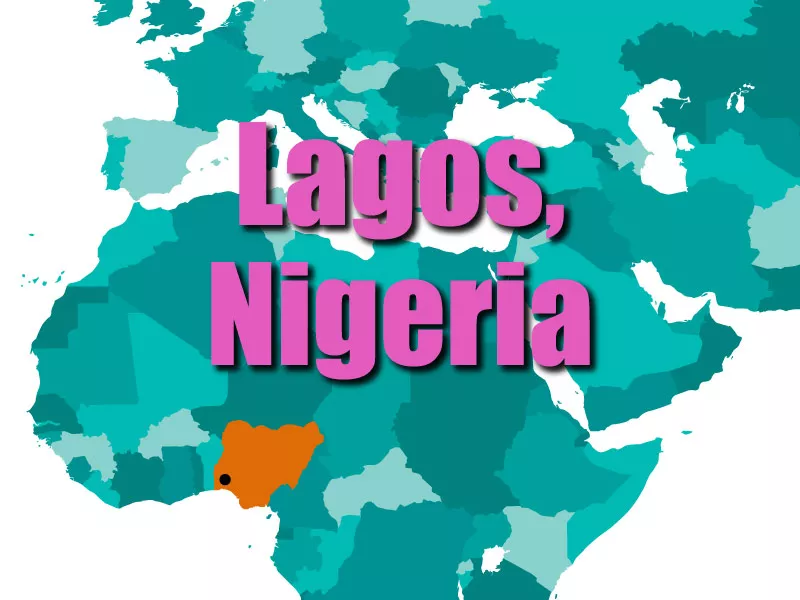
Current population: 21 million
Nigeria’s largest city is expected to see a population surge up until 2030. This megacity is among the African cities that will experience major population growth in the next decade. Lagos is home to the world’s largest floating slum, Makoko, with population estimates ranging from 40,000 to 300,000.
No. 2
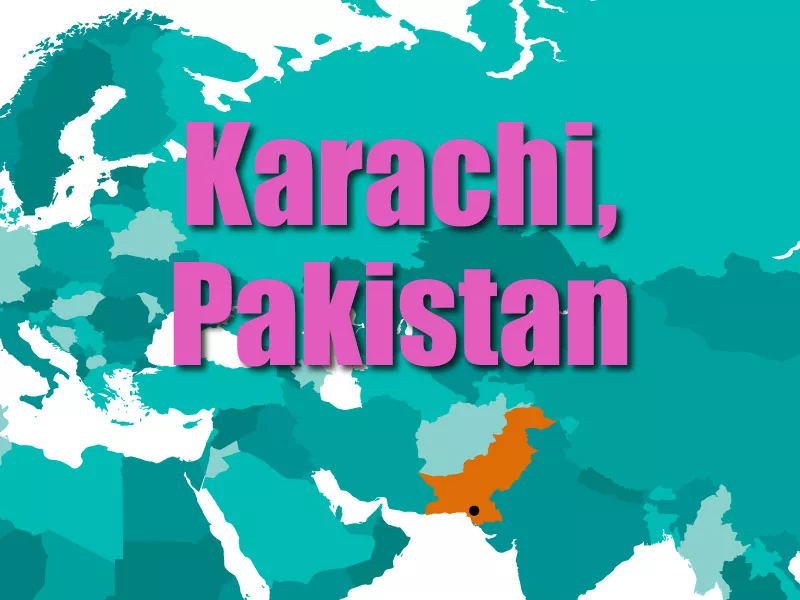
Current population: 14.91 million
The capital of Pakistan is slated for major growth in population and real GDP in the next decade. By 2030, it is expected to rise to the third megacity in the world, behind Jakarta and Tokyo.
No. 3

Current population: 19.5 million
Egypt’s capital city’s population is expected to grow more than 20 percent by 2030, making it the fifth most populous megacity in 2030. Its real GDP is also projected to grow more than 50 percent by then.
No. 4

Current population: 13 million
This major port city in Northeastern China will become one of the top megacities in 2030, with real GDP rising more than 100 percent in the next decade. Its population will also surge some 20 percent by 2030.
No. 5

Current population: 18.89 million
The capital of Bangladesh will see the greatest real GDP growth out of all the megacities. In Dhaka, GDP will surge more than 150 percent by 2030. Population will rise some 20 percent over the years.
No. 6

Current population: 12.3 million
Bangalore is the capital of Karnataka state, a major high-tech industry in India. The city will see its population grow some 20 percent by 2030. And its GDP will rise rapidly — with projected growth at more than 125 percent by 2030.
No. 7

Current population: 12.8 million
The capital of the Philippines is expected to achieve dramatic GDP growth, with more than 125 percent growth projected by 2030. Manila’s population is expected to grow nearly 20 percent in the next decade.
No. 8

Current population: 15 million
Istanbul will see a modest growth in GDP and population in the next decade. With a population of about 15 million, it’s the most populous European city by population within city limits.
No. 9

Current population: 13 million
The Vietnamese megacity, also commonly called Saigon, will experience rapid GDP and population growth by 2030. It’s considered the financial center and most-visited city of Vietnam.
No. 10
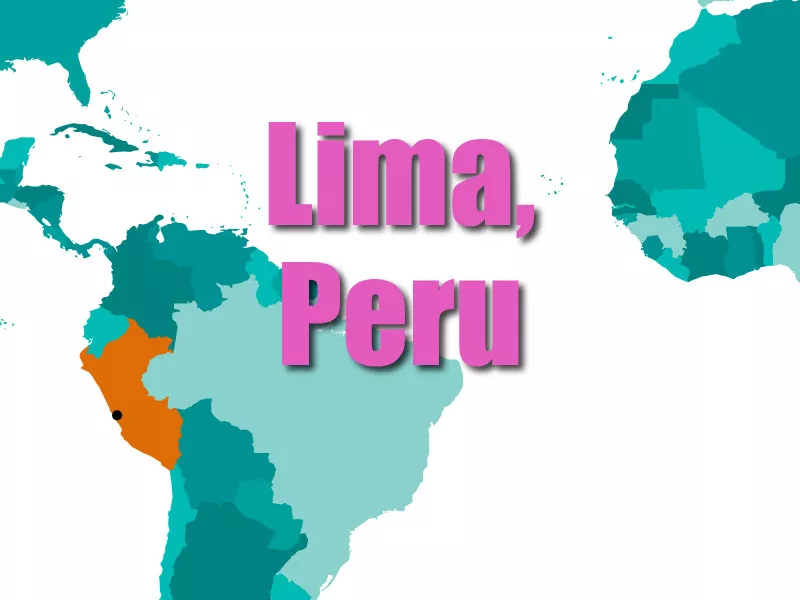
Current population: 9.7 million
The capital of Peru is the largest city in the country. Like a number of developing megacities, Lima is playing catch up in growing investments, incomes and population. The city will see modest population growth and boost its GDP by 50 percent by 2030.
No. 11

Current population: 19.5 million
The Indian region contains the dense capital of New Delhi. By 2030, Delhi’s population is going to grow modestly, while GDP will more than double by then. Delhi’s metro area is the second most populated in India, after Mumbai.
No. 12
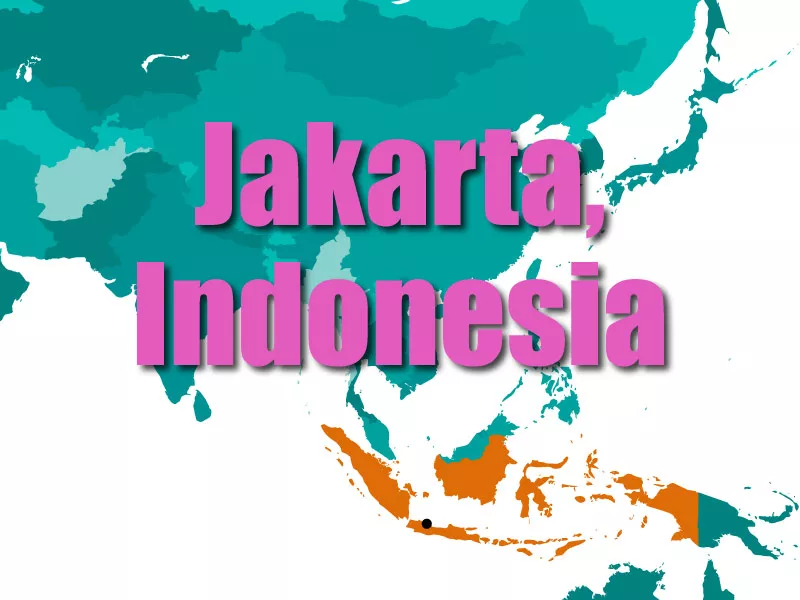
Current population: 31.5 million
The largest and capital city in Indonesia is slated to take over Tokyo as the most populous megacity in 2030. Population is expected to decline by 2 million in Tokyo, whereas Jakarta is projected to gain 4.1 million people, totaling an estimated 35.6 million by 2030. The top spot was previously held by New York until Tokyo outranked it in the 1950s.
No. 13

Current population: 24 million
The busy capital of China boasts some 24 million people in its metro area. That’s on track to grow about 10 percent by 2030, with GDP also doubling within that time. However, an aging population in this powerhouse will slow future expansion over the years.
No. 14

Current population: 15 million
Buenos Aires is the capital and largest city of Argentina. About 15 million people inhabit the metro area, and that’s expected to grow about 10 percent by 2030. As the city continues to urbanize and grow its economy, GDP will increase by some 50 percent by 2030.
No. 15

Current population: 23 million
This major city in the Guangdong province of China borders Hong Kong and Huizhou. The metro area’s population is expected to grow about 10 percent by 2030. As a rapidly developing city, GDP is slated to more than double in 2030.
No. 16

Current population: 14.3 million
Kolkata is the capital of West Bengal in India. It’s commonly seen as the cultural capital of India. Its economy is expected to grow fast in the next decade, with GDP doubling by 2030.
No. 17

Current population: 19.8 million
Wuhan is the capital of Hubei province in China. The city is a major transportation hub made up of dozens of railways and roads connecting it to surrounding major cities. Population will grow about 10 percent and GDP will double in 2030.
No. 18

Current population: 18.41 million
Mumbai is the most populated city in India,. By 2030, population will grow modestly but GDP will more than double as the economy gets significant investments and incomes rise.
No. 19
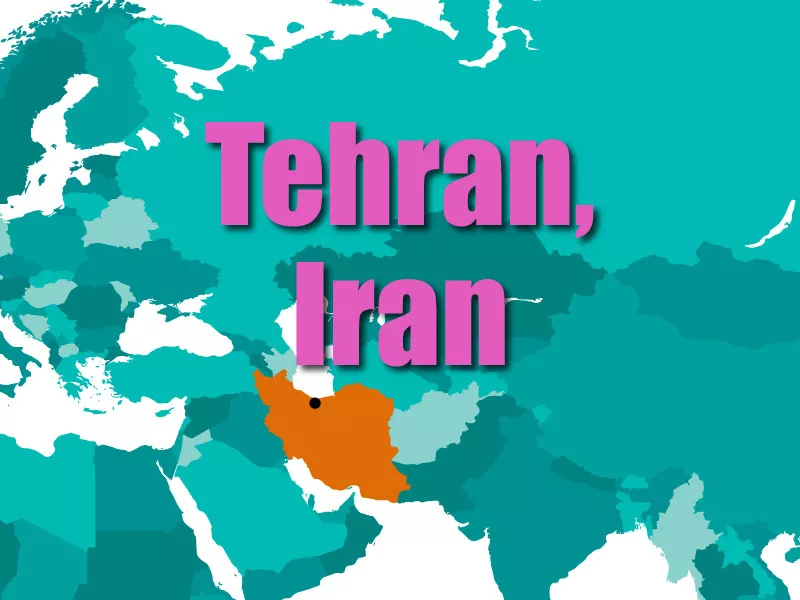
Current population: 15 million
The capital of Iran and Tehran province has a population that’s expected to rise about 10 percent up until 2030. Tehran’s economy will also pick up and grow more than 50 percent by 2030.
No. 20

Current population: 21.2 million
Mexico City is the capital of Mexico and most populous city in North America. The city will see around 10 percent population growth and its GDP increase nearly 50 percent by 2030.
No. 21

Current population: 13.1 million
Los Angeles is the most populated city in California and the second most populated in the country, after New York City. The city will see some population growth and GDP to go up modestly through 2030.
No. 22

Current population: 34 million
Shanghai is the largest city in China by population. As population continues growing through 2030, the economy will keep expanding as an international hub for trade and finance. Its GDP is expected to double by 2030.
No. 23

Current population: 20.3 million
New York was once the world’s biggest megacity, until Tokyo outranked it several decades ago. While developing countries will dominate as the new megacities, New York will continue to see some growth in population and the economy. Developed cities like New York will lag in population growth mostly because of low birth rates.
No. 24

Current population: 21.6 million
Sao Paulo is the most populated city in Brazil. That population will keep rising modestly through 2030, and GDP will go up about 25 percent in that time.
No. 25

Current population: 12 million
Rio de Janeiro is second most populated, right behind São Paulo in Brazil. Its metro population will grow slightly below 10 percent through 2030. The economy will continue to grow as GDP rises around 25 percent through 2030.
No. 26

Current population: 14.2 million
The largest city and capital of England, its population is expected to go up slightly less than 10 percent as birth rates decline. As a result, GDP will rise at about 20 percent through 2030.
No. 27

Current population: 15 million
The city is the capital and most populated city of the Guangdong province in China. It will continue growing economically as one of China’s three largest cities. While population will rise modestly compared to other developing megacities, GDP will nearly double by 2030.
No. 28
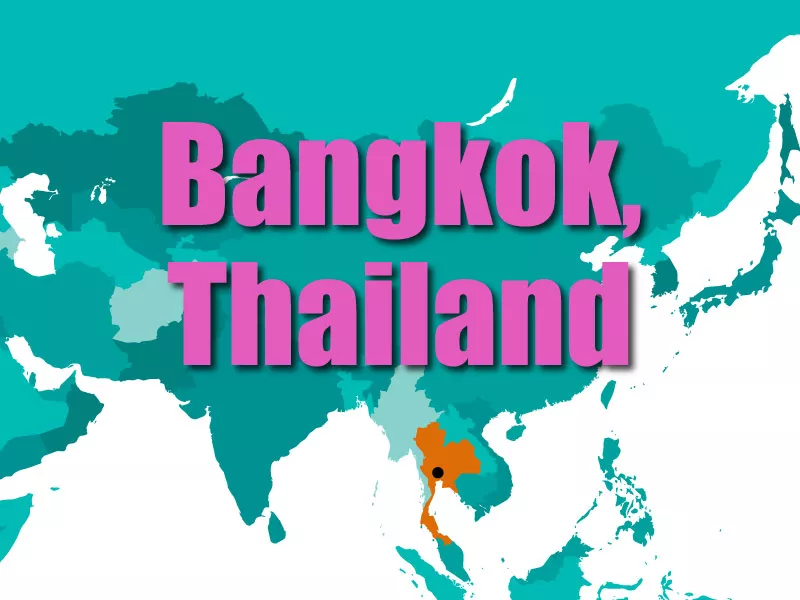
Current population: 14.6 million
Bangkok is the capital and most populated city in Thailand. The city is a regional center for finance and business. By 2030, Bangkok population will see some increase, while GDP see a 50 percent growth.
No. 29

Current population: 12.3 million
Paris is the capital and most populated city of France. As a major European center for finance, fashion and commerce, the city will see some economic growth like its developed counterparts. Stunted by low birth rates, population will only grow around 5 percent through 2030.
No. 30

Current population: 25.6 million
Seoul is the capital and largest metro in South Korea. With low birth rates, however, the city will see less than 5 percent growth in population through 2030. As a finance center, however, the economy will continue growing with GDP rising nearly 50 percent by 2030.
No. 31

Current population: 12.5 million
The capital city of Russia is the most populated in the country. Facing low birth rates, Moscow’s population will only grow about 2 percent until 2030. The economy will see some growth during that time, with real GDP going up about 20 percent.
No. 32

Current population: 37.8 million
The largest megacity in the world faces a decline in population entering the next decade. By 2030, an aging population and low birth rates will contribute to around a 5 percent decrease in population. The economy will see modest growth without population increases.
No 33

Current population: 19.3 million
Like Tokyo, this Japanese megacity was home to the oldest populations among any megacity in recent years. By 2030, Osaka will be the oldest megacity in the world with 31 percent of the population aged 65 or older. As a result, the economy will be the slowest-growing among the megacities.
Emerging Megacity No. 1

Current population: 8 million
Bogota is expected to emerge as a megacity by 2030. Its rising population density and disposable household incomes will contribute to an estimated $109 billion in total GDP by 2030.
Emerging Megacity No. 2

Current population: 9 million
The capital city of Tamil Nadu in India will see population density soar by 2030, helping boost its total GDP to $50 billion during that time. Of the six emerging megacities, Chennai is one of two cities showing the largest projected percentage growth in GDP. Population density is expected to increase to 10,000 per 1,000 in 2030.
Emerging Megacity No. 3
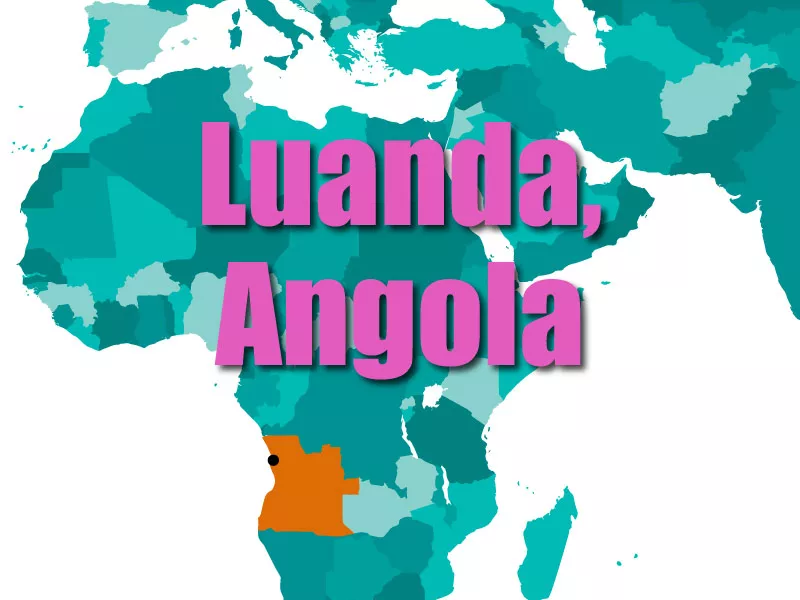
Current population: 7.8 million
Luanda will see the greatest population change by 2030 out of the six emerging megacities. Population and income will soar and contribute to a $62 billion total GDP in the country in 2030.
Emerging Megacity No. 4

Current population: 9.5 million
Chicago is the only developed megacity out of the six emerging by 2030. With disposable household income to grow exponentially in these years, Chicago’s total GDP will boost to $596 billion. That amount doubles that of the five other new megacities combined.
Emerging Megacity No. 5
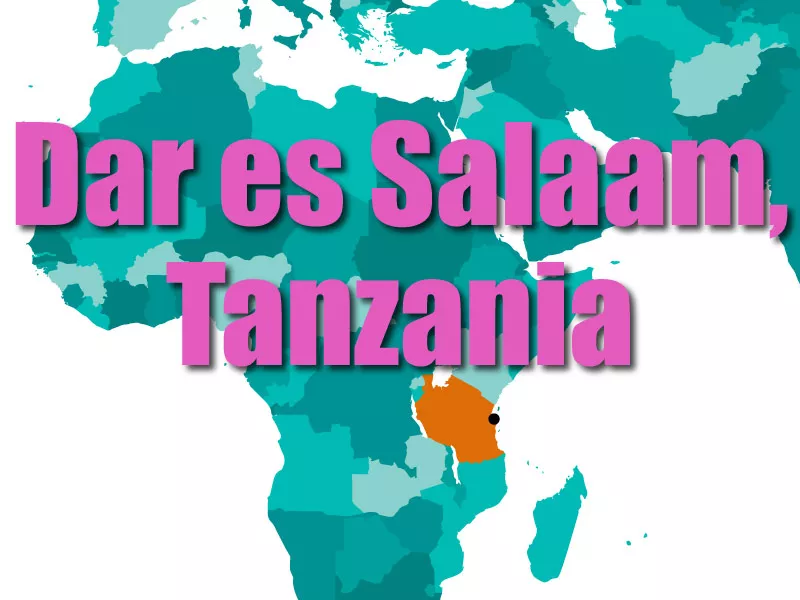
Current population: 4.4 million
Dar es Salaam will experience one of the largest projected percentage growth spurts in GDP. The city will see 50-percent growth in population through 2030, as well as a significant increase in population density and doubling its real GDP in these years.
Emerging Megacity No. 6
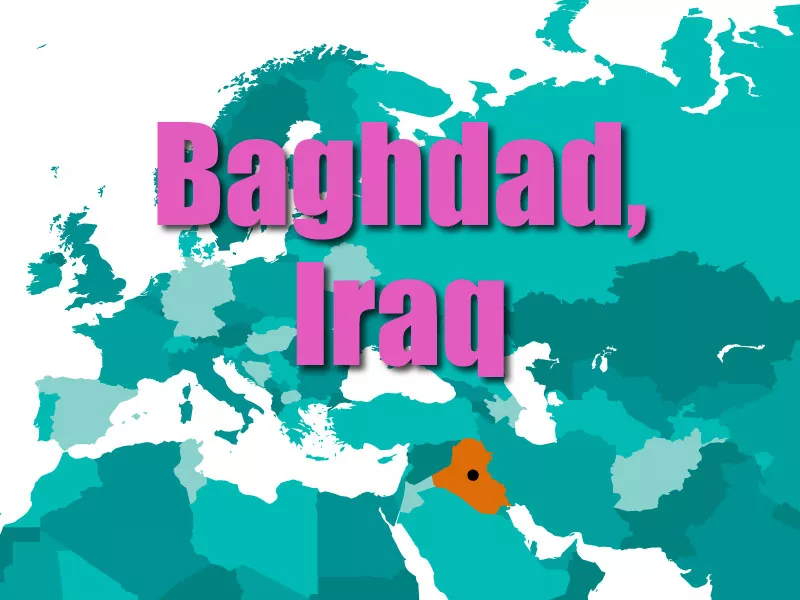
Current population: 8.8 million
Baghdad will see population shoot up nearly 50 percent through 2030, contributing to a rise in GDP and disposable income. By 2030, its total GDP is expected to grow to some $34 billion.